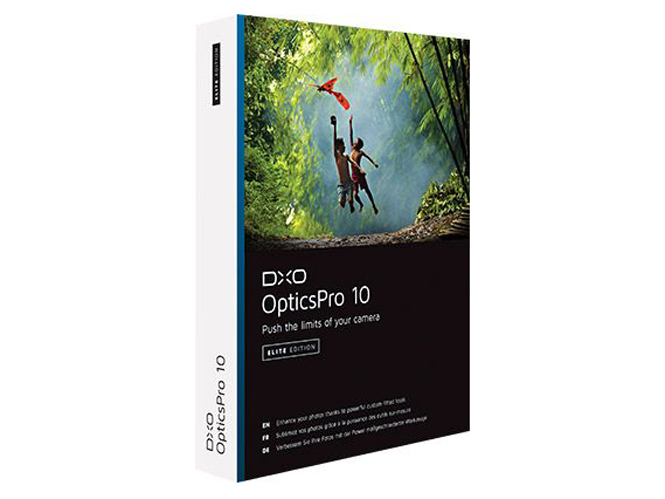
Choose from four methods to get exactly the results you need, no matter what the subject. When balance is key, you can achieve perfect poise with DxO ViewPoint’s powerful perspective tools. In fact, even cheap optics can look pro once they’re processed with our award-winning optical correction tools.ĭraw on DxO’s renowned lens correction technology and fix barrel, pincushion and fish-eye distortion with a single click.


Lenses aren’t perfect, but DxO ViewPoint 4 makes them better. You’ll quickly bring the world under your control. Thanks to DxO ViewPoint 4’s innovative new ReShape tool, fixing imperfections has never been easier.Ĭhoose a Distortion Grid that fits the image, then simply drag points to correct individual elements within the frame. In some shots, details matter more than others.

ReShape: A warping tool that delivers magic Adjust perspectives, fix distortions, warp specific areas, and correct wide-angle stretching for perfect images.ĭxO ViewPoint 4 can be used as a standalone application, as a tool palette within DxO PhotoLab, and as a plug-in for Adobe Photoshop®, Lightroom Classic®, and Photoshop Elements®. I am in no way associated with or sponsored by DxO, but last I checked a license costs about $80 and that pays for itself quickly in saved labor.DxO ViewPoint 4.2.0 Build 177 Multilingual Win/Mac 圆4ĭxO ViewPoint 4 gives you complete control over lines, angles, and shapes. As a perfectionist I seek to make photographs that accurately portray the space I'm in and DxO ViewPoint II let's me fine tune a space exactly how it should look. I literally remember the exact moment I first stumbled upon it because it changed my workflow that much.

For a more detailed Photoshop workflow visit my post on PT Lens ConclusionĬorrecting perspective in photographs felt like banging my head on the wall until I found DxO ViewPoint. I can then export JPG's out of Lightroom using the variety of presets I have if necessary. DxO ViewPoint II is the last step of my workflow right before saving back to Lightroom as a PSD or TIFF with layers intact. Yes, DxO also has modules for lens distortion, but I personally find them cumbersome and prefer the interface of PT Lens. After your general editing, always start with lens distortion and then correct perspective.


 0 kommentar(er)
0 kommentar(er)
